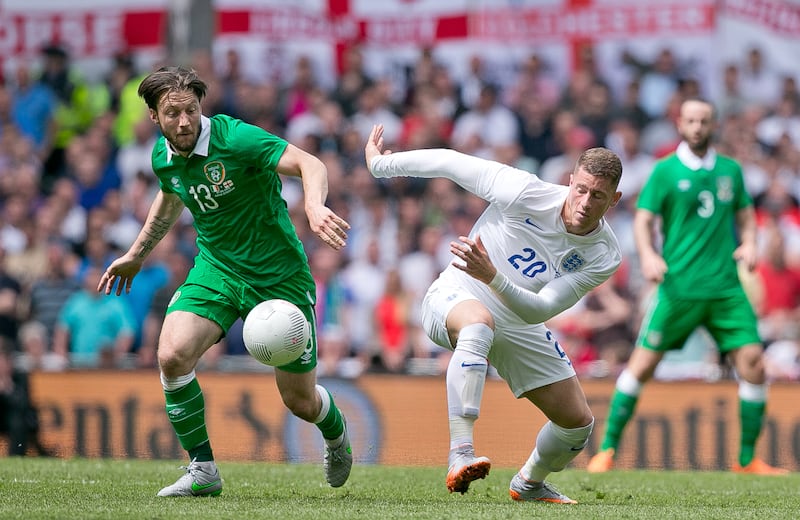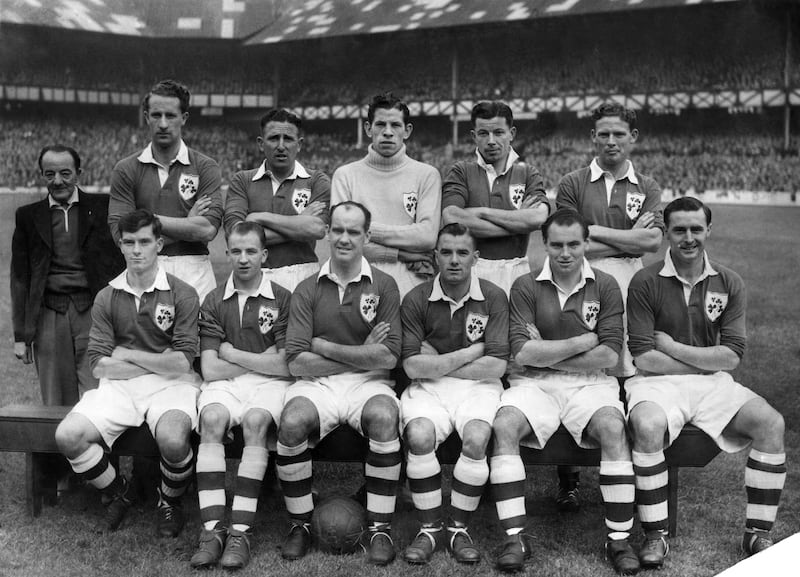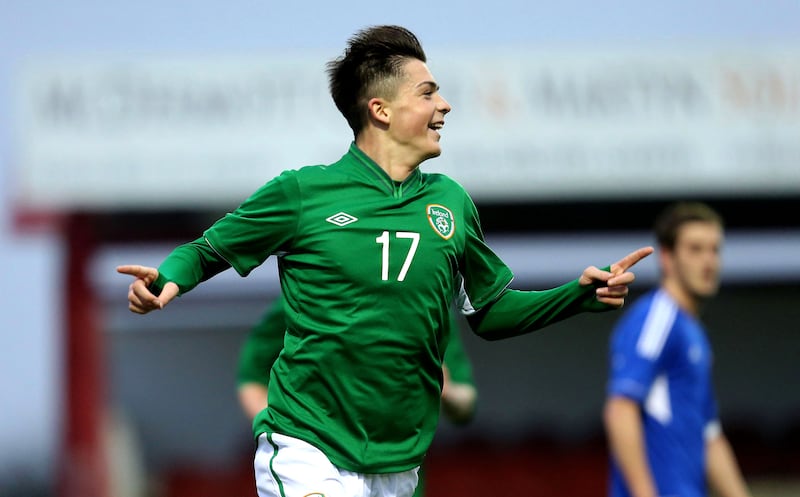On June 29th, 2021, I queued alongside thousands of others outside Lansdowne Road. Three years earlier I had bought tickets for a last-16 Euro 2020 match allocated to the Aviva Stadium on that date, which turned out to be between England and Germany. There was, however, one slight problem. That sunny afternoon I was not actually queuing to watch a game which had been transferred to Wembley after Ireland’s late withdrawal as a tournament co-host. Instead, I was patiently waiting to get my first Covid-19 vaccine in a stadium that had been quickly transformed into a giant medical centre.
Three years later than anticipated England return to Lansdowne Road on Saturday to play their first competitive match in Ireland for 34 years. One might hope that watching the Three Lions take on our Boys in Green would be less painful than having a stranger stick a needle in your arm, but previous experience suggests otherwise.
My first attendance at the fixture was a February 1995 “friendly” that fatally undermined the observation that “football is a game of two halves”. The game was abandoned after 27 minutes when visiting hooligans took a unilateral decision to commence the demolition of the old Lansdowne Road 12 years ahead of schedule, throwing chunks of the Upper West Stand on to the pitch and fans below.
There was a marginal improvement for England’s next match at Lansdowne Road in June 2015, which did at least include a second half, but many spectators still made an early exit – this time voluntarily. For security reasons the kick off time was 1pm on a Sunday with the ensuing goalless draw being so uneventful that even the hype merchants of ITV felt the need to tweet “FT: Ireland 0 England 0. We’re Sorry.”

Pre-match coverage this time has been dominated by the inclusion in the England squad of Declan Rice and Jack Grealish, who previously played in the green for Ireland. But I am not sure we are in the best position to get upset at dual internationals, who at least played for two different countries. For decades there were two “Ireland” teams, one selected by the Football Association of Ireland (FAI) in Dublin and the other by the Belfast-based Irish Football Association (IFA).
Many players turned out for both sides, most notably Johnny Carey who in 1946 played for both Ireland teams against England in the space of 48 hours. On September 28th, Carey played for the IFA Ireland team in a 7-2 defeat to England in a Home International at Windsor Park. Two days later he captained the FAI Ireland team beaten 1-0 by England in a Dalymount Park friendly.
Carey gained revenge in 1949 when he was captain for a 2-0 victory at Goodison Park to enable the Republic of Ireland to become the first foreign country to beat England at home.

John Giles went a step further, representing Ireland and England contemporaneously rather than sequentially. In 1973 Giles was selected by Alf Ramsey to play an international match at Wembley Stadium alongside Bobby Charlton, Bobby Moore and Alan Ball.
The fixture celebrated the expansion of the European Economic Community (EEC) two days earlier and involved the trio of new entrants (Ireland, the UK and Denmark) playing the sextet of original members in a match marketed as The Three v The Six. Despite being outnumbered, Giles helped The Three secure an impressive 2-0 victory. If the UK joining the EEC deserved a celebratory match, then leaving it merited a sequel but sadly there are no plans to commemorate Brexit by playing The One v The Twenty-Seven.
Had such a game been organised Conor Gallagher might struggle to know who to represent, as following his recent £35 million transfer from Chelsea to Atlético Madrid he took out an Irish passport to circumnavigate a La Liga rule only permitting three non-EU players in a match day squad.
Gallagher attended the All-Ireland hurling final between Clare and Cork in July, but being a mere spectator at Croke Park is unlikely to impress certain team-mates. Harry Kane’s great-great grandfather Jim Flood was part of the Limerick hurling team that won its first All-Ireland in 1897, and Jack Grealish actually played at Croke Park in 2009, scoring a point for Warwickshire by kicking the ball over the bar – a shooting strategy that Irish fans hope he will continue to adopt on Saturday.

The last of Rice’s three friendly appearances for Ireland came in a 2-1 victory over the USA at Lansdowne Road in 2018. However, his international captain has played a competitive fixture in Dublin. The first of Harry Kane’s club record 280 goals for Spurs was scored at Tallaght Stadium in a 4-0 Europa League victory over Shamrock Rovers in December 2011.
Managing England for the first time is interim boss Lee Carsley, who unusually had his choice of dugout for this fixture. Having won 40 Irish caps as a player Carsley was head coach of the England under-21 team that won the 2023 European Championships without conceding a goal. This led to a conversation with the FAI about becoming Ireland manager but unsurprisingly Carsley preferred an internal promotion, taking charge of an England team strong enough to finish runners up in consecutive Euros.
The new occupant of the home dugout will be Heimir Hallgrímsson, whose crowning achievement as joint manager of Iceland was a 2-1 victory over England at Euro 2016, which secured quarter-final qualification for a country of just 330,000 people. Hallgrímsson’s success generated such euphoria that in 2016 Icelanders spent 0.1% of their nation’s Gross Domestic Product on tickets for the European Championships.
- Sign up for push alerts and have the best news, analysis and comment delivered directly to your phone
- Join The Irish Times on WhatsApp and stay up to date
- Listen to our Inside Politics podcast for the best political chat and analysis














